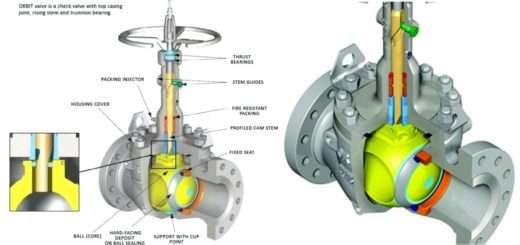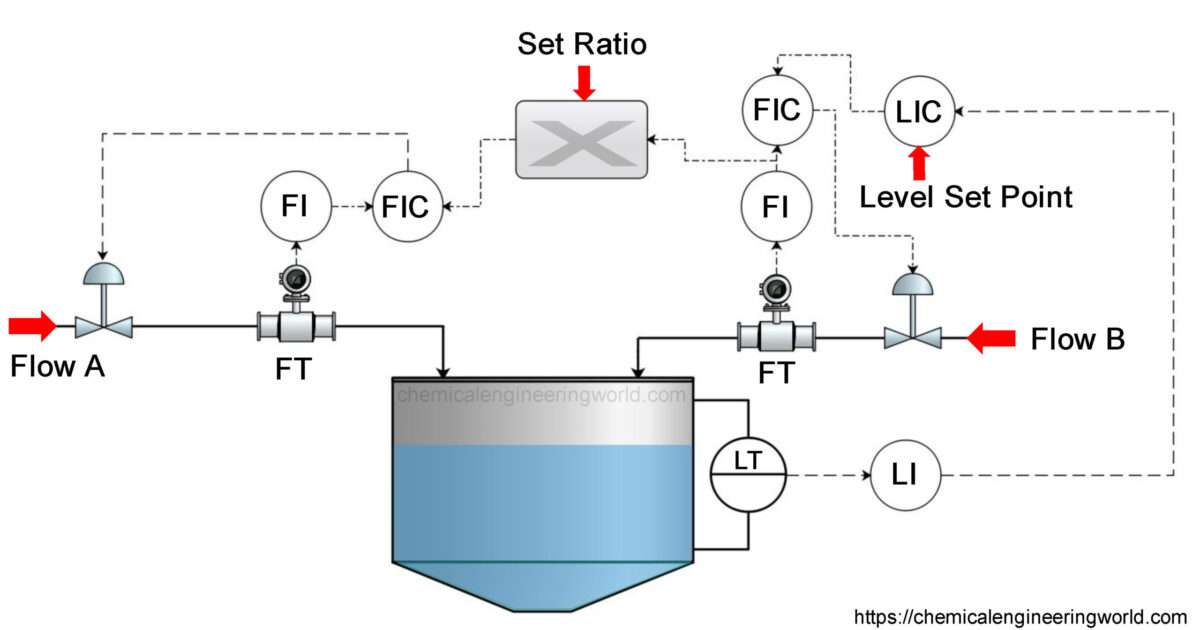Osmium Element Properties and Information

Osmium Element Properties and Information
Osmium is 76th element on the periodic table. Elements are arranged in the periodic table on the basis of the atomic number. Atomic number is the number of protons in the nucleus of the atom. Osmium has an atomic number of 76. It is located in the Group 8 and Period 6 of the periodic table of elements. It is denoted by ‘Os’. Its name is derived from the Greek word ‘Osme’ which means ‘Smell’.
Smithson Tennant added impure platinum to a dilute solution of aqua regia and observed that not all metals went into the solution. He investigated the residues further and was able to separate two new metals in 1803; Iridium and Osmium. Osmium has the least abundance among all the stable metals. It’s concentration in Earth’s crust is 50 ppt (parts per trillion). It is never found in nature in a free state, it is always found in uncombined state and especially as natural alloys (osmiridium and iridosmium).
Physical Properties
- Osmium is a hard & brittle transition metal which has blush-white appearance.
- The atomic mass of osmium is 190.2.
- The melting point of osmium is 3045°C.
- The boiling point of osmium is 5027°C.
- The density of osmium is 22500 in S.I. units at 20°C.
- The appearance of osmium remains lustrous even at high temperatures.
- The bulk modulus of osmium is comparable to that of diamond.
- Solid osmium is difficult to work with owing to its hardness, brittleness, low vapour pressure and high melting point.
- Osmium has seven naturally occurring isotopes among which only one is unstable and rest all are stable. Osmium-186 is the only isotope which undergoes alpha decay. Osmium-184, osmium-187, osmium-188, osmium-189, osmium-190, and osmium-192.
Chemical Properties
- The Osmium compounds display oxidation states ranging from -2 to +8. The +8 oxidation state is very rare and displayed by very few compounds.
- Osmium tetraoxide is the most commonly known compound which displays oxidation state of +8.
- Bulk osmium resists attack by all the acids and is attacked by fused alkalis.
Methods of Production
Electrorefining process: Osmium is obtained as a by-product of electro-refining of nickel and copper. An anode mud forms during the refining process which consists of gold, silver, selenium, tellurium, and platinum group metals (osmium is one among the platinum group). The anode mud solution is fused with sodium peroxide then dissolved in aqua regia and osmium, ruthenium, rhodium, and iridium are separated from the solution through exploitation of solubility. Sodium bisulfate is used to remove rhodium from the residual mixture. Further the residue is treated with sodium oxide which removes the insoluble iridium and produces soluble salts of osmium and ruthenium. The residual is then oxidised and precipitation using ammonium chloride yields osmium.
Relevance in Chemical and Related Industries
Synthesis: Osmium tetraoxide and potassium osmate are used for organic synthesis. Notable example is Sharpless asymmetric dihydroxylation for which the scientists were awarded a Nobel prize.
Relevance in Other Industries
Microscopy: Osmium tetraoxide is used in electron and optical microscopy to stain the fatty acids whereby it cross-links lipids.
Health Effects on Exposure
- Toxicity: Osmium tetraoxide is highly toxic in nature and should be handled with care, infact it should only be handled by a trained professionals.
- Inhalation: Causes headache, cough, shortness of breath, blisters, cramps, shock, or even collapse. Even very low concentrations are capable of causing lung congestion.
- Long-term exposure: Dermatitis occurs and also Kidneys get affected.
Effects on Surroundings
Osmium ecotoxicity is very low in the environment by virtue of being a strong oxidiser.
References:
https://en.wikipedia.org/wiki/Osmium
https://www.lenntech.com/periodic/elements/os.htm
https://www.rsc.org/periodic-table/element/76/osmium
































